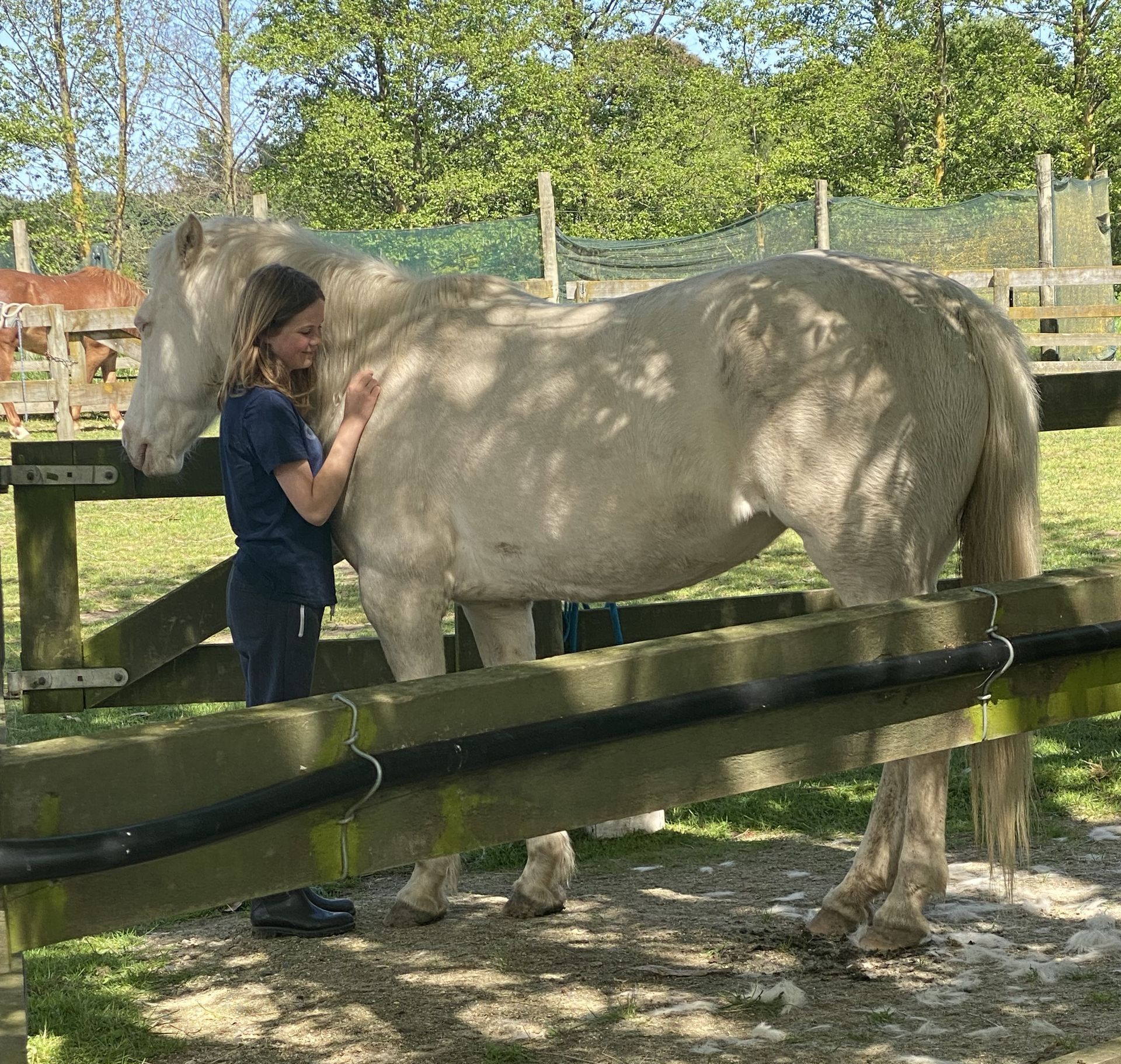Equine Assisted Therapy

What is Equine Therapy?
Equine-assisted psychotherapy incorporates horses into the therapeutic process. People engage in activities such as grooming, feeding, and leading a horse while being supervised by a trained Equine Therapist.
Goals of this form of therapy include helping people develop skills such as emotional regulation, self-confidence, and responsibility. With mature horses weighing anywhere in the range of 900 to 2,000 pounds or more, it might feel a bit intimidating to have such a large, majestic creature participating in your therapy sessions.
However, equine-assisted therapy is growing in popularity due to its experiential learning and some burgeoning evidence of its effectiveness. There are a variety of terms used to describe or reference equine-assisted psychotherapy, including:
- Equine-assisted mental health
- Equine-assisted counseling
- Equine-facilitated psychotherapy
- Equine-assisted therapy
The last term, equine-assisted therapy, can also often refer to other forms of therapy where horses are used, such as with occupational therapy.
Equine Therapy FAQ
-
History Of Equine Therapy
Horses have been used for therapeutic purposes since the time of the ancient Greeks. The Greek physician Hippocrates, known as the "Father of Medicine," wrote about the therapeutic potential of horseback riding. Riding became more popular as a therapy tool during the 1950s and 1960s. In 1969, the North American Riding for Handicapped Association was formed, which later became the Professional Association of Therapeutic Horsemanship (PATH) International.
-
Who It's For
Equine-assisted psychotherapy (EAP) can be used with a variety of populations
and in a variety of therapeutic settings. In fact, horses can be used in counseling with individuals of all ages, even with families and groups.
Equine-assisted psychotherapy is often not the sole form of treatment, but rather a complementary therapeutic service to be used in partnership with more traditional treatment.
Offering a much different experience than traditional talk therapy, EAP brings people outdoors and offers an opportunity to use all senses while learning and processing through emotional challenges.
Children and Teens
Equine facilitated psychotherapy may be just as effective with children and teens as it is with adult clients. As with adults, children can experience challenges such as trauma, anxiety, depression, PTSD, and more.
Equine therapy offers them a therapeutic environment that can feel less threatening and more inviting than a traditional talk therapy office. The majority of children participating in EAP are between the ages of 6 to 18 years old.
Children often find it difficult to open up and process painful emotions and experiences. Equine-assisted psychotherapy allows youth, and people of all ages, to work on issues such as:
- Assertiveness
- Confidence
- Developing and maintaining relationships
- Emotional awareness
- Empathy
- Impulse control
- Problem-solving skills
- Social skills
- Trust in others
- Trust in self
-
Benefits
Although a variety of animals can be used in the psychotherapeutic process,
horses offer unique traits that have made them a top choice for animal-assisted therapies. According to anxiety expert Dr. Robin Zasio, horses bring the following unique elements to the therapy process.
Non-Judgmental and Unbiased As much as humans, especially therapists, do our best to offer a safe space for clients to explore deep emotional hurts and painful experiences, it can be uncomfortable for clients to openly share their thoughts. Building therapeutic rapport can take time as participants working toward building trust and practicing vulnerability in session.
Having the horse present may offer a sense of peace, as they only will react to the client's behavior and emotions with no threat of bias or any judgment of their emotional experience.

